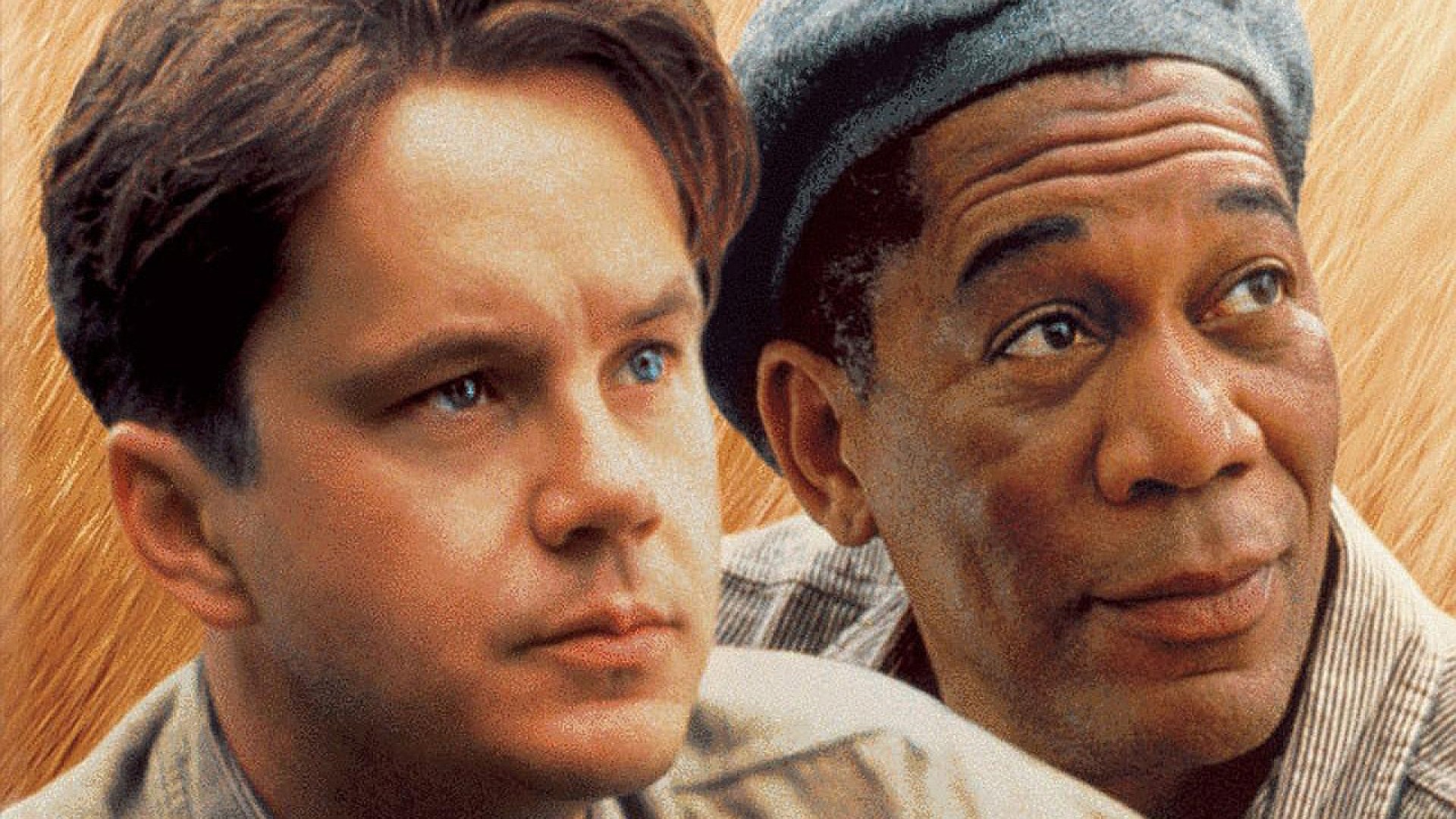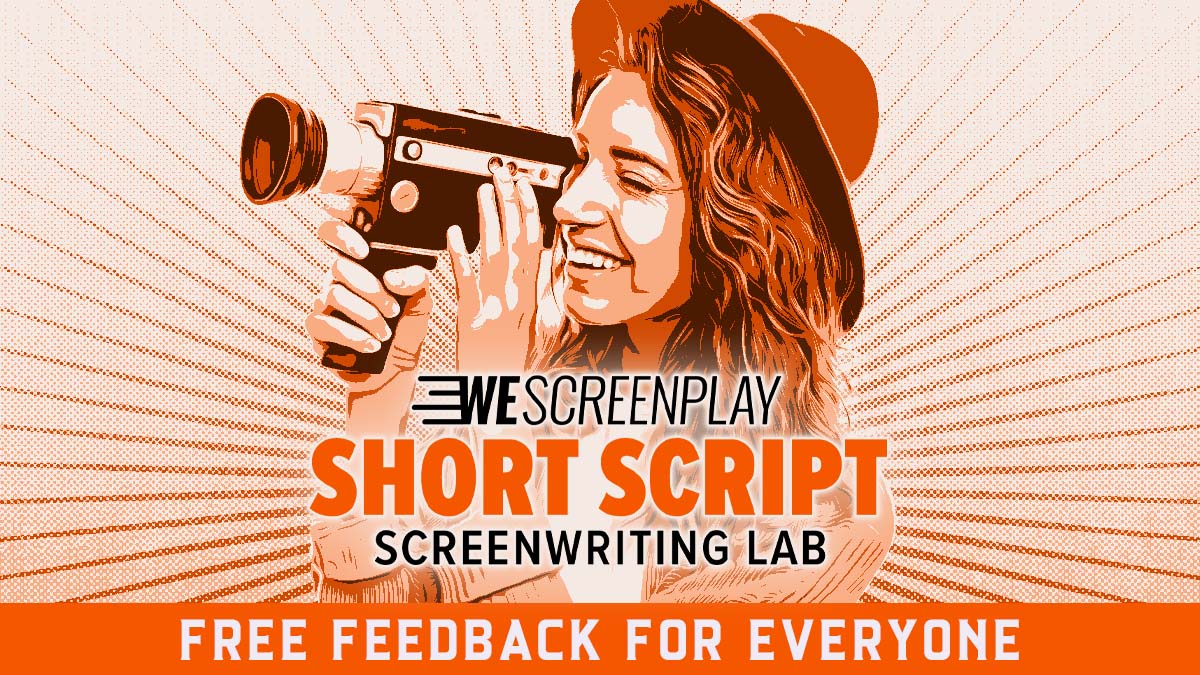
By: Jonathan James
It’s another one of those forbidden screenwriting tools we are all told to avoid at any and all cost. The dreaded voice-over, a useful and sometimes necessary tool that many of us have been warned as hopeful screenwriters to try and avoid at all costs.
Yet over the years, there have been many great examples of how this tool can be used to assist a writer and his screenplay. First, let’s cover the big “no-no’s” when adding voice-overs to your script.
Show Don’t Tell
Look, the biggest flub that you could possibly do with your voice-over is to describe exactly what is happening on screen. I’ve come across this time and time again. Why tell us what is going to happen at the same time you are showing it to us? This may seem obvious but it is one of the most common mistakes writers use voice-overs for. Like so:
Bill trudges into the kitchen. His feet drag along the floor. His eyes flinch as he is greeted by the morning sun. He clutches his head in pain from the previous night’s frivolities. He gazes around in a haze of confusion.
BILL (V.O.)
As I walked into the kitchen that morning, fending
off the hangover from another night of drinking I
Couldn’t help but think, “What is my life right now,
and where the hell am I?”
I know. Not the most riveting stuff, right? But you get the point. Bill’s woken up from drinking. Did we need a voice over for that? Probably not. Which brings me to…..
Don’t use your voice over to explain things to the audience.
This is almost always used as a band-aid fix when things aren’t clear enough in your script. The writer gets frustrated. Angry by the stupid notes they’ve received from executives. The writer thinks “how can I make this any clearer to them?” and so he adds in a voice-over, explaining the subtext of his own script to make it vastly and blatantly clear so that even a monkey in a suit could understand.
We get it. Subtext and exposition can be hard and just because something is confusing in your script to someone doesn’t necessarily mean you need to spell it out for them. The only time I’ve seen something like this work is in comedies like ARRESTED DEVELOPMENT where pointing out the subtext is part of the joke.
Don’t take your audience for granted, sure you may think they’re cattle like Hitchcock said, but even cows have some instinct. Also, I guarantee that if you’re pulling your hair out trying for people to understand your screenplay and the only way you see out is by jumping off the metaphorical voice-over cliff, there’s most likely a problem in your script elsewhere.
Maybe you set-up a character wrong. Or forgot to put a scene in. Take a look around before you say the sky is falling there Chicken Little.
Don’t have your character narrate all of their thoughts and emotions.
I’m sorry to tell you, but no, the audience does not need to hear every single thing the character thinks and/or feels. Again, by using too much voice-over you are taking away both the emotion and the thrill for the audience.
Not only that but by narrating thoughts and emotions you are taking out all the meat of the character, leaving no room for the actor to perform. It is their performance and subtext that bring these characters to life. It does not help when they are trying to give an OSCAR worthy performance and you’re basically doing the work for them by pasting some voice-over on top of their great performance.
Voice-over is a tricky beast and while many writers do make the mistakes listed above, there are many examples of great voice-over usage. The most important thing is to examine why you feel the voice over is necessary.
Are you simply just trying to glaze over an underlying problem in your script? Are you spelling things out to an audience you are afraid is just too dumb to understand your movie? Or is your story simply overflowing with so much exposition that you don’t know where to put all of it? These are not great reasons for voice over. Below are some great reasons why you should add voice-over to your script.
Experiment with an unreliable narrator.
Alright, this is one of my personal favorites. The unreliable narrator. Used in some of the greatest films in cinema history, the unreliable narrator is simply the best reasons to use voice over, and not to mention most of these films wind up being the excuses why amateur writers have placed voice-overs in their own scripts (why can’t I use voice over, MEMENTO did it just fine).
As an audience we rely on the narrator to tell us a story when that turns out to be twisted, well not only is it an effective way to surprise your audience like in FIGHT CLUB but an incredible way to make your story feel riveting and fresh.
This is also a great way to get into the complex psychology of a character — to convey a character’s thinking in ways that cannot simply be shown or described. Whether it be Travis Bickle from TAXI DRIVER, Ewan McGreggor in TRAINSPOTTING or Edward Norton in FIGHT CLUB.
These narrators are not only unreliable, but it is their warped sense of thinking that pulls us further into the story. It is Edward Norton’s admonishment of Brad Pitt’s hyper-masculinity in FIGHT CLUB or Ewan McGreggor’s warped sense of freedom in TRAINSPOTTING that allows us to feel for these characters.
These are characters whose actions simply make you scratch your head. Characters who if encountered in real life would cause you to scratch your head and say, “what the hell are they thinking?”
Not to mention an unreliable narrator is a great tool to dupe an audience into a twist, Kaiser Soze anyone?
Use voiceover to show the progression of time.
There’s a reason so many book adaptations contain voice-overs as well as bio-pics. There’s simply not enough time to convey the whole story into one two-hour movie. These voice-overs are usually brief and to the point, not long monologues of the past ten years, but shortcuts to the story’s present.
Films like SHAWSHANK REDEMPTION use this tool. I mean let’s face it no one can sell a voice over like Morgan Freeman, but the tale is told from Morgan Freeman’s point of view while providing the plot a certain freedom, we are still fascinated with watching Andy Dufresne because we are still viewing his story from the outside. To convey all of his years in prison would take hours upon hours.
Here the trick is to find a precise point of view in the story. Shawshank works because we are not in the mind of our protagonist. There is a long list of films that provide a similar technique, and while the character who provides the narration is still in the film we view the protagonist through their eyes, therefore allowing us to follow along without giving away the story.
Use voiceover to add a comedic flair to what we’re seeing on screen.
A great voice over can add hilarity to an already funny movie. The voice over in A CHRISTMAS STORY or even as its own plot device in STRANGER THAN FICTION. Voice-over can be used in many ways to add humor to a film. Let’s not forget the iconic voice-over in ARRESTED DEVELOPMENT.
The key here is not to fully explain the joke, but use the voiceover that enhances the comedy. This can go many different ways, whether it is a voice over contradicting what is happening on screen or in many ways acts as an omniscient narrator that is a character all on its own. In these instances, the narration may describe what is going through the character’s mind or set up an oncoming joke by pointing out something the character is not yet made aware of.
The truth about voice overs is that there is no real rule as to how to properly use them. For every “no” there is an example of a time that it worked flawlessly. The key is to always be conveying new information to the audience without boring them.
As I stated before the only two rules you should abide by are to never use voice-over as a band-aid to explain subtext, and never explain what is happening on screen. Other than that, ignore your writing professors, give voice over a chance and think outside the box. Afterall, the only way to effectively use any tool is to practice. You might fail or you may just as well surprise your audience.
















